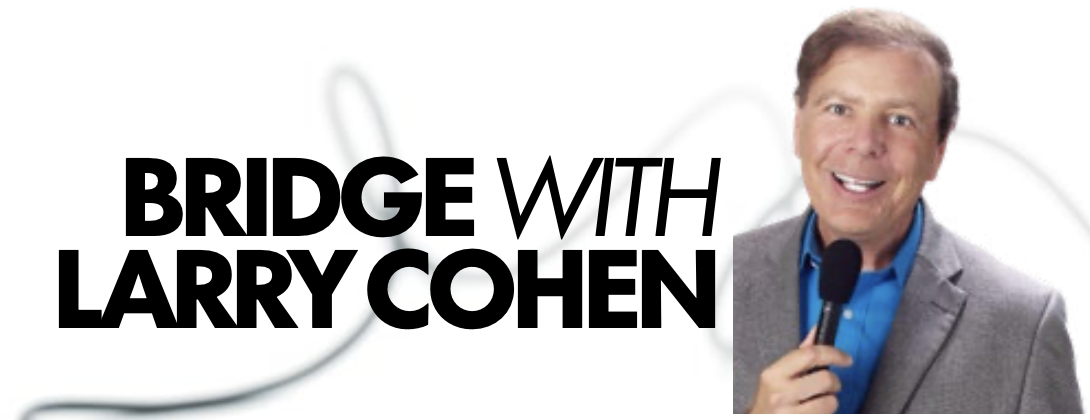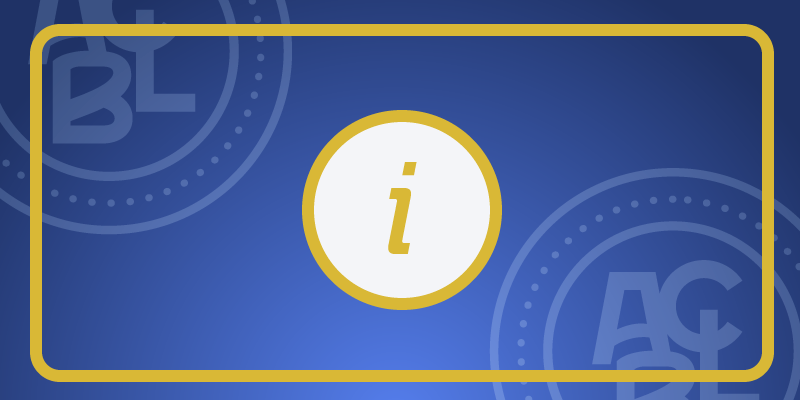



Thanks go to Joan Dziekanski (BBO: Perkie88) for sending in this hand
The most important plan to consider when playing suit contracts is setting up your side suits when counting your losers.
In the below hand, the contract is 4♠ by West.
East opens 1♦ and South preempts with 2♥. West bids 2♠, North bids 3♥, and East bids 4♠.
North leads a low heart, ♥8, ♥Q and declarer wins her ♥A.
What should declarer do at trick two? If she draws two rounds of trumps and they break 3-1, which may be expected with a preempt, she will lose one trump, one diamond, and two clubs. She will be able to trump two hearts in the dummy if she uses her entries carefully. And she will be down one in 4♠.
Instead, at trick two, declarer must work on establishing her side suit, diamonds. She needs to take a double finesse in diamonds, which is a 75% chance of success. That is, she plays for the diamond honors to be split in each hand or for North to have both the king and queen of diamonds. The only time she will not succeed is if South has both the king and queen of diamonds, which is quite unlikely with the South preempt in hearts.
So at trick two, declarer plays a diamond to the ♦10, and South will win her ♦Q. South will shift to a low club, low, ♣10, and declarer wins her ♣A.
Then she plays a low spade to her ♠A, and South plays her ♠Q. This makes it more likely that North has the Jx of spades remaining as South had the singleton ♠Q. So declarer plays her ♠10 and lets it ride. If North covers with her ♠J, she wins the ♠K and plays a spade to her ♠7. Then declarer plays a low diamond to her ♦J, the second finesse. It will win. If North did not cover the ♠10, declarer can cash her ♠K after winning her ♦J. Declarer then cashes her ♦A and two more diamonds, discarding two clubs and one heart. Then she trumps a club and trumps a heart. She trumps another club. Declarer can actually make 12 tricks!
About the Author
Joan has been teaching bridge, playing professionally, and running duplicate events for 40 years in NYC. She won a World Championship Pairs game in Orlando. She's delighted to work in her hobby and to interest so many in the game she loves.
Your Hand Submissions
If you have a hand analysis you'd like to share with the BBO Community please send it through to marketing@bridgebase.com.




13 points is not a preempt? Why bid 2h?
This was a hand played in a regional tournament. The opponent chose to preempt with 2H. This was an experienced player and said they did not count the QS or the QD in the opponent's suit. Since the hand had a singleton spade, the player choose to show six hearts. I would have bid 2H if my partner was a passed hand. Then 2H is certainly a great bid to get in the way of your opponents. But 2H is what the player did bid. That's bridge. And here it makes it easier for the opponents to get to a game in spades as East has four spades, a long side suit, an ace in another suit, and a singleton heart.
Perhaps the hand is a preempt because it does not contain the opening guideline of 2 quick tricks. Joan added the chapter "Bidding Over the Opponent's Preempts" in the Biggest Little Bridge Book so all of us have difficulty disputing her preempt wisdom. According to her chapter, West has the strength to respond 2S, NegX (risking Opener will bid 3C or return to 3D), or P (hoping for an unlikely and unsuccessful X against a nv opponent).
Why did south not bid 1 h ? Why 2 h🤔
I'd rather say in any contract the most important part of one's plan is to count the winners and look for possible snags
In playing suit contracts, I look for losers. (In NT I look for winners) Setting up side suits is one way to maximize your tricks by eliminating losers in suit contracts. Of course, it does not apply to every hand, especially balanced hands. But it is an important strategy in playing suit contracts with unbalanced hands. I wrote this hand to promote looking at this strategy in playing suit contracts. The classes I teach on establishing side suits improves the play of my students.
Your "The biggest little Bridge Book" from 2008 is fantastic for bridge advice but requires dozens of edits. Will you be publishing a new edition? Are you or someone else collecting a list of the required edits?
I too am wondering why south preempts with a good opening hand.
Why does south preempt with a good opening hand ?